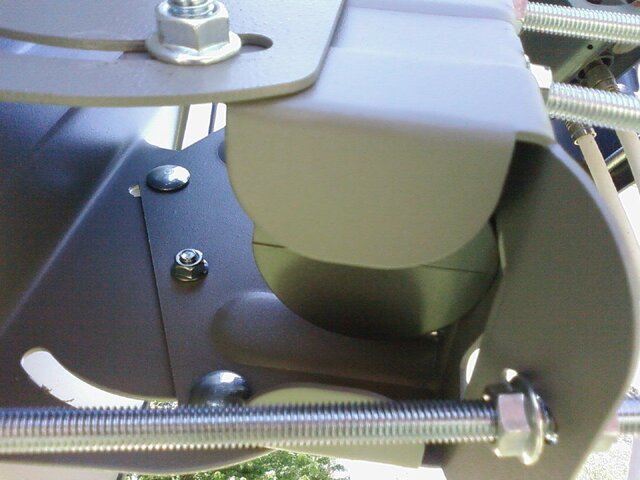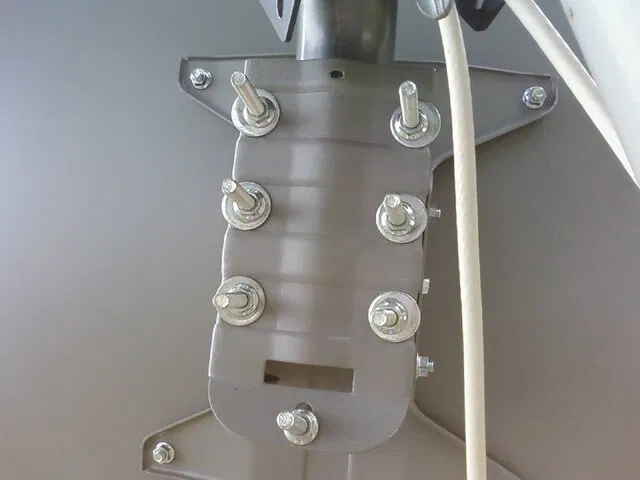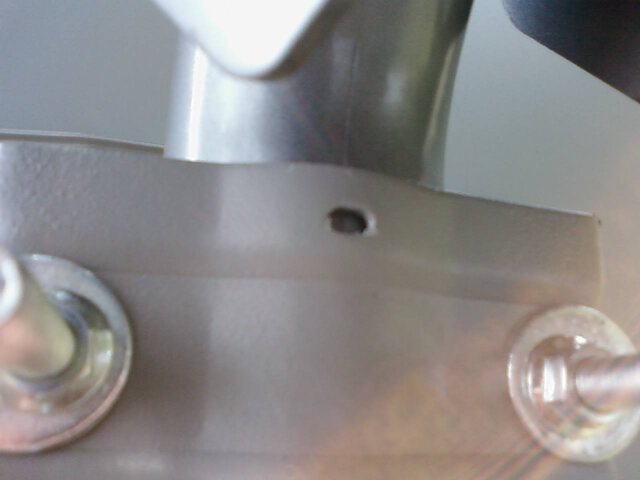With the exception of a few minor alignments to tweak my new dish, I have to admit that the difference between the dish sizes is greatly exaggerated. Either that or the DS-2076 dish is extremely exceptional.
The Winegard 76 cm is a very efficient dish. It's surprisingly close to many 90 cm dishes in gain. However the Geo 1.2 m is similarly efficient. Nowadays a lot of Ku birds have enough output power that smaller dishes do quite well, as long as the conditions aren't too tough. Once you exceed a certain threshold in SNR, more gain isn't going to buy a lot. However if there is adjacent orbital position interference or rain fade, the value of a 1.2 m becomes very clear.
One oddity about the Geo 1.2 m is its low f/D of 0.5. It's possible that LNBFs designed for the typically higher f/Ds of offset dishes will not illuminate this dish fully. That could make it seem like a smaller dish in terms of performance.









